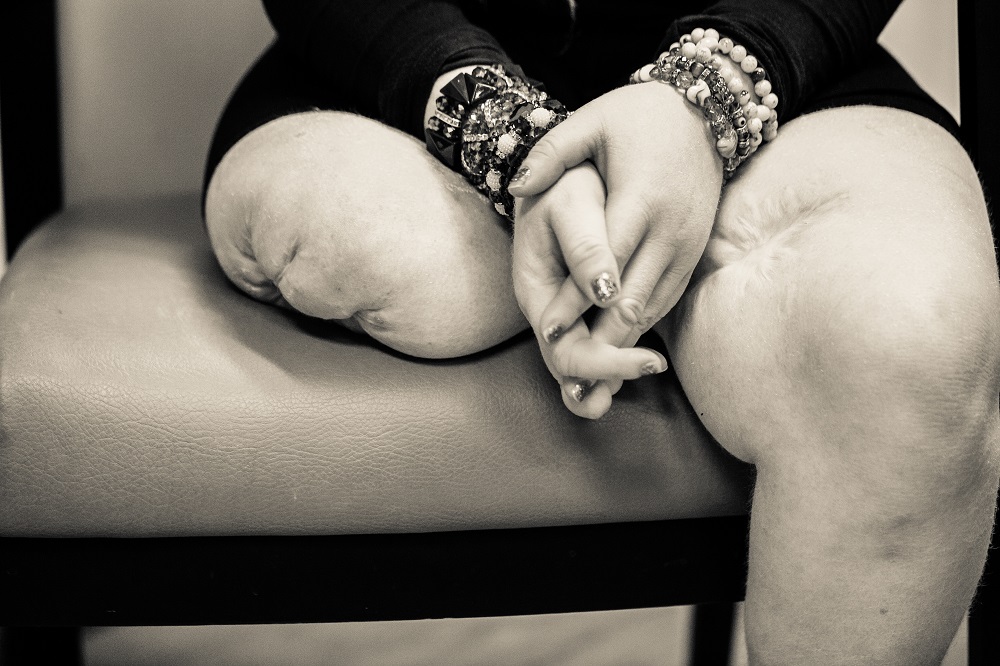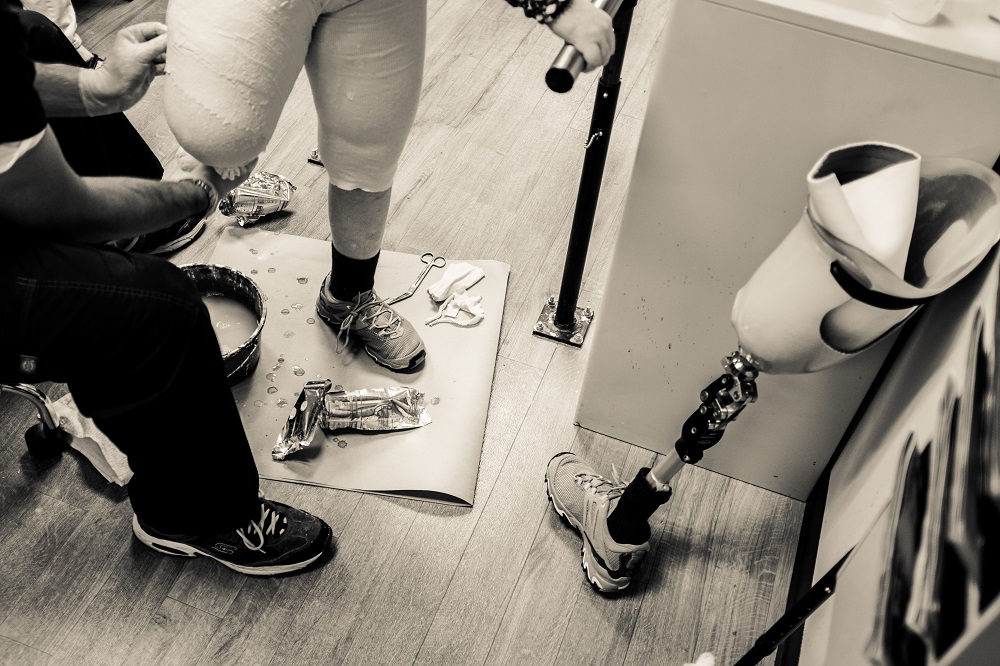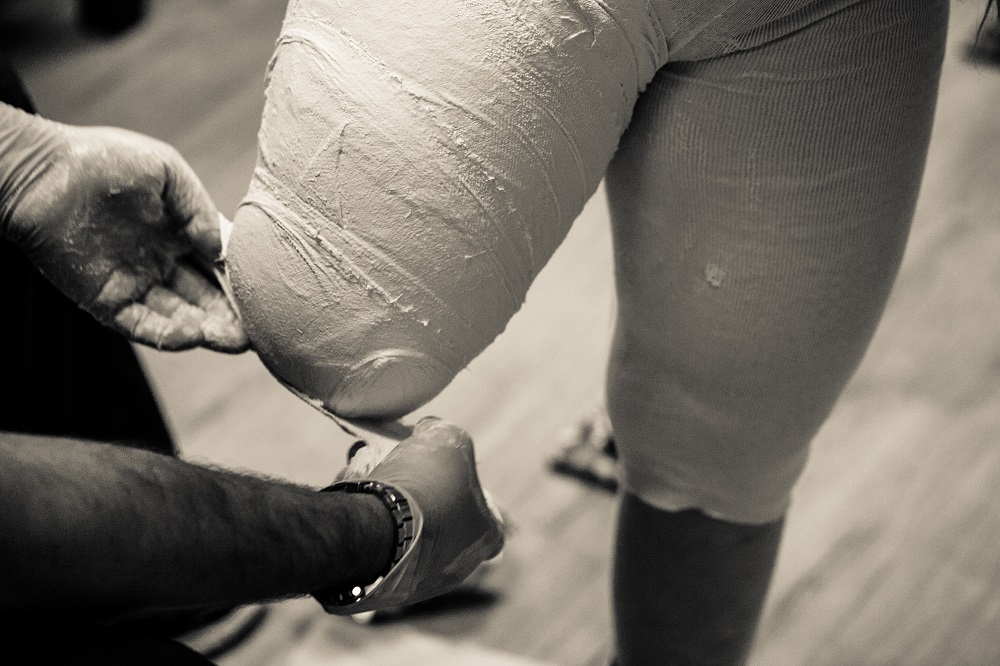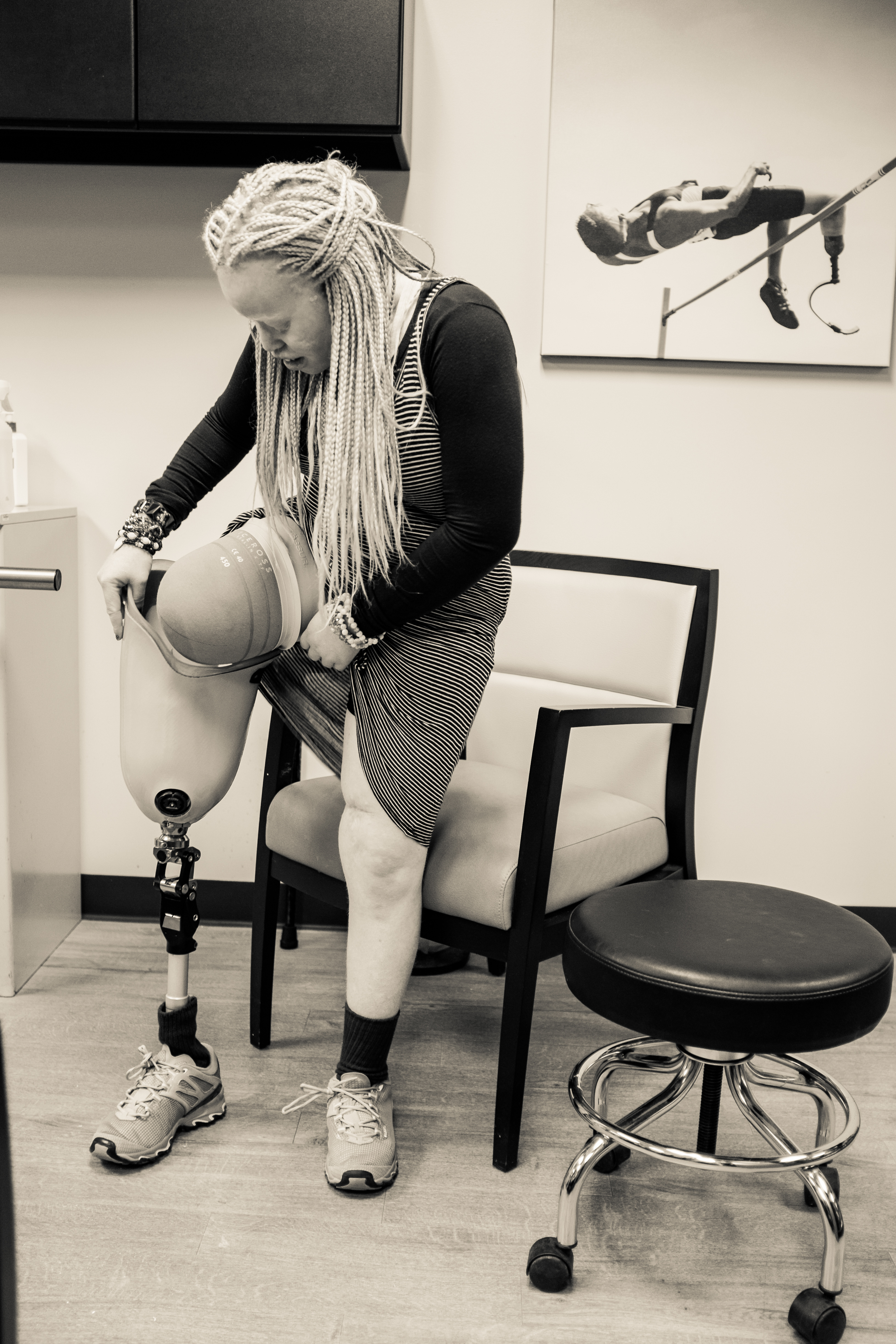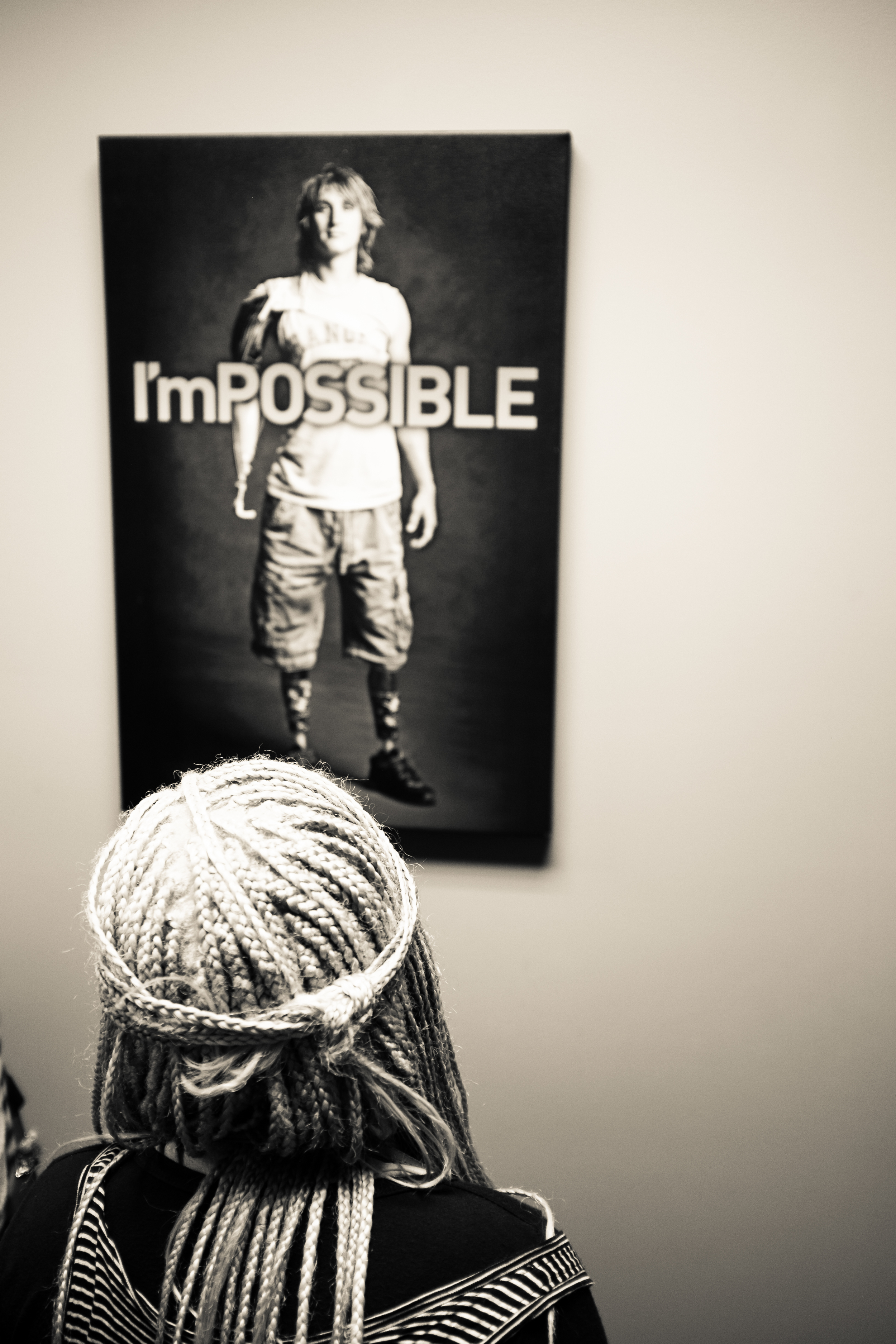Until recently I knew very little about ‘Albinism.’ I live in the US and have had limited exposure to people with this genetic condition. This changed when I was introduced to Bibiana and Tindi. These teenage girls are from Tanzania and their dramatic life experiences have thrusted them into advocating a broader awareness for Albinism.
I did not know that, while Albinism is a recessive gene, there are countries with a significantly higher occurrence of this condition. While the US has an occurrence of 1:200,000, countries like Tanzania have rates of 1:1,300.
I did not know that there are places where Albino children are attacked and maimed for the purpose of harvesting body parts for profit. Tanzania is one of the countries that this superstitious practice is perpetuated by witch doctors and the ‘unknown’ source of funds.
When she was 10, while her sister slept, vicious men yielding machetes attacked Bibiana during the night. Her right leg was severed above the knee and two fingers on her right hand were lost during this brutal attack. Bibiana spent almost a year in the hospital recovering from this violence afraid to return to her home in the Mwanza Provenance near the southern shores of Lake Victoria. News of this horrific attack spread throughout the country and caught the attention of the honorable Alshaymaa Kwegyir. Alshaymaa is a person with albinism, yet she grew up with loving and protective parents. Therefore she did not suffer abhorrent discrimination, stigmatization and even murder. This support formed a stable foundation for Alshaymaa to complete her education and go into a career of civil service and today she is a represented in the Tanzanian parliamentary. Bibiana’s story was so compelling Alshaymaa went to see her girls and ultimately obtained legal guardianship of Bibiana and her sister Tindi. Artist and activist Yrneh Gabon Brown brought the condition of Bibiana’s original prosthetic leg to the attention of African Millennium Foundation.
Bibiana is now 16 and is in the US to be fitted for a new prosthetic leg. She is also conducting the physical therapy necessary to get her use to walking with a state of the art articulated prosthesis. Her original prosthetic leg had limited range of motion and reportedly served more like a “crutch.” Concerned citizens and organizations have teamed together to assist Bibiana and her plight including African Millennium Foundation, Orthopedic Institute for Children, and the Hanger Clinic. In addition Bibiana is working with a physical trainer and has been exposed to athletes and children with prosthetics in order to ensure she has a new outlook in life. It is inconceivable to imagine going through such a horrific experience, yet Bibiana is a survivor striving towards her future.
If you are interested in learning more about the great work these organizations are doing or donating to Bibiana’s cause please go to the links provided below:
African Millennium Foundation (patrons donated to bring Bibiana and Tindi to the States for treatment) http://www.1amf.org/
Orthopedic Institute for Children (donated medical and physical therapy care) http://www.orthohospital.org/
Hanger Clinic (donated the prosthetic) http://www.hangerclinic.com
Finally Bibiana’s story has inspired 13-year old Naria Slann to establish a fundraising effort called “A Sisters Village” to raise funds to send Bibiana and her sister Tindi to boarding school in the US. Naria wants to ensure that they have an opportunity to fulfill their dreams without the fear they experience at home. Go to the link below to provide your assistance to this worthwhile cause.


